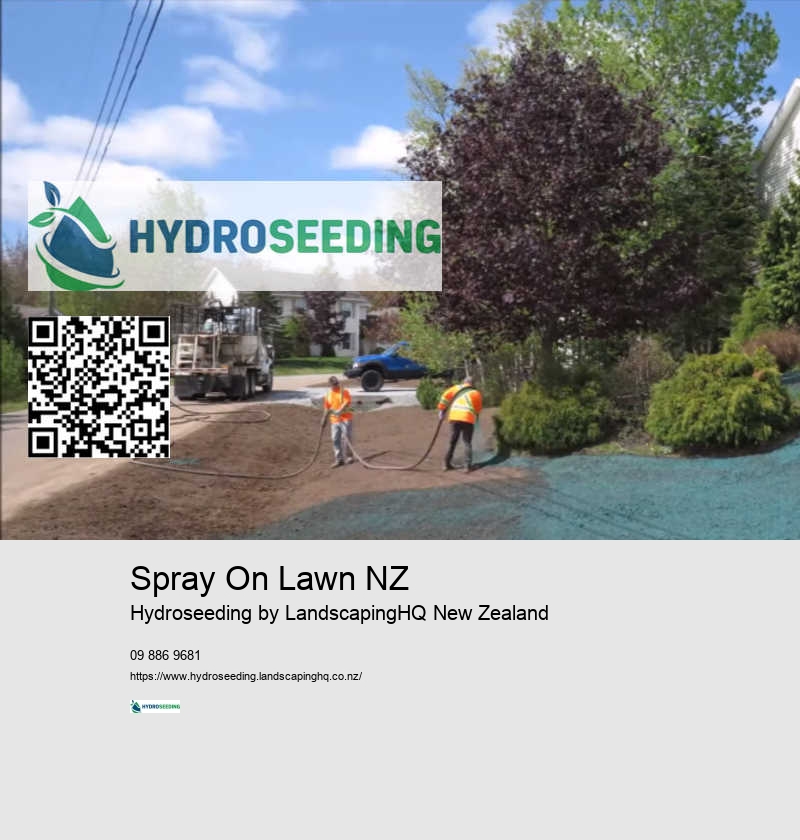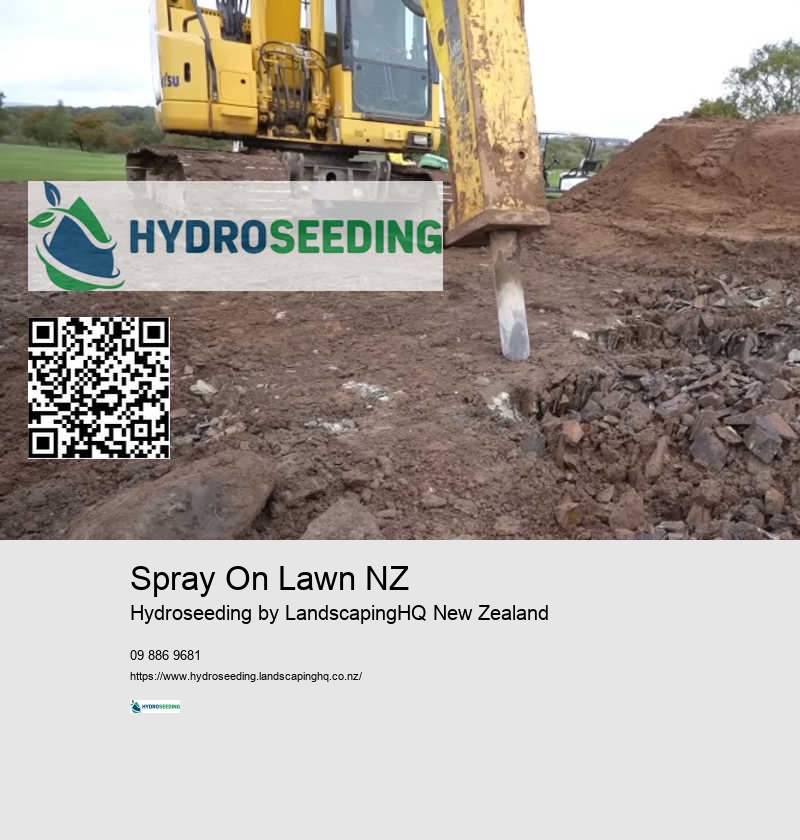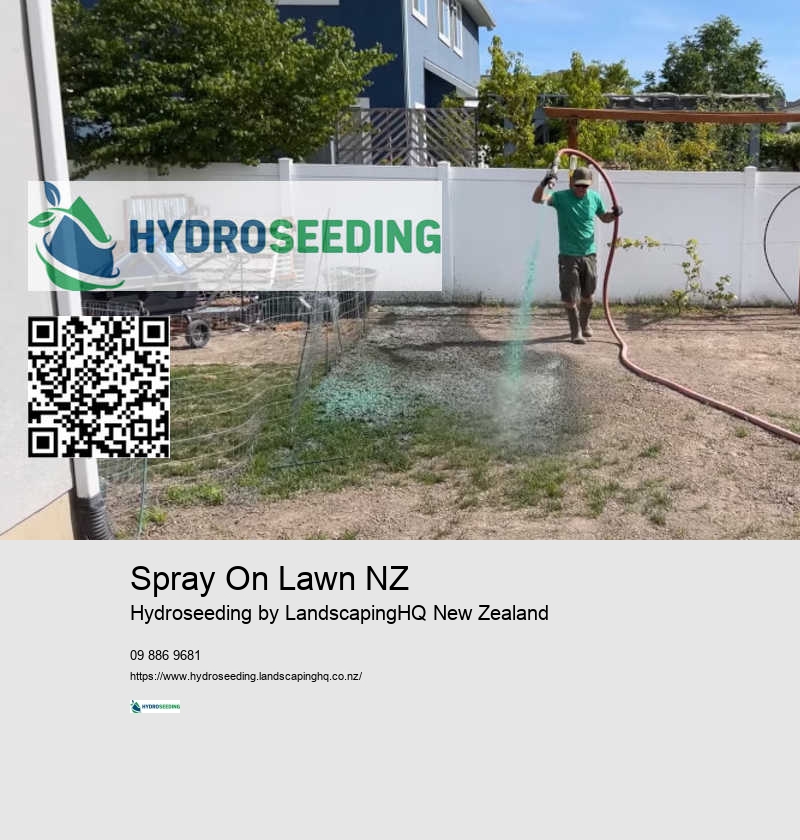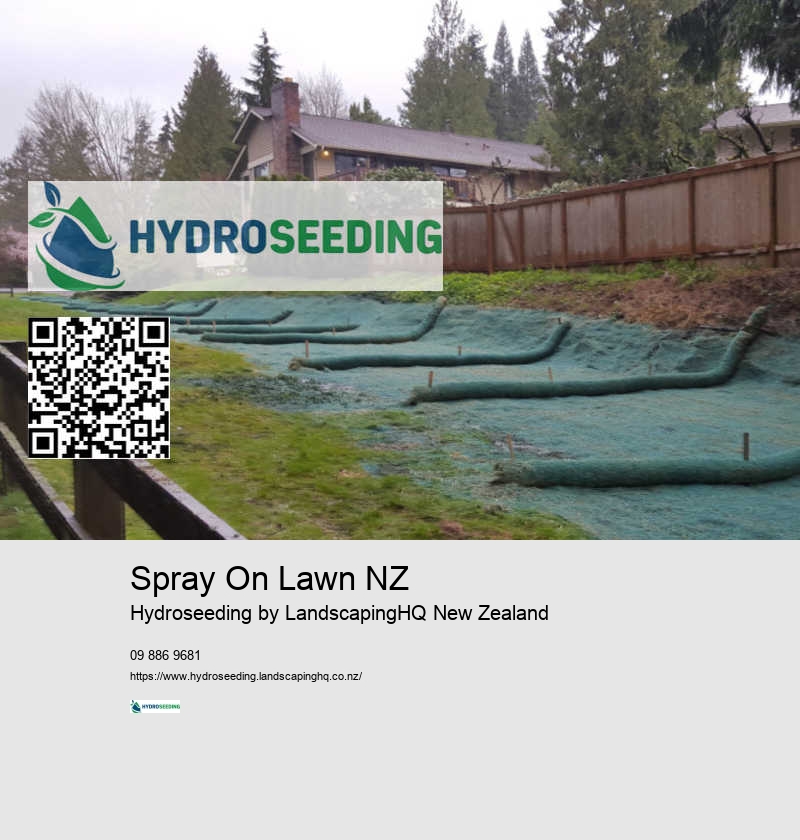Spray On Lawn NZ
Hydroseeding preparation
The mulch in the mixture acts as a protective layer, retaining moisture and shielding seeds from harsh weather conditions. By doing this, we create a solid foundation for our seeds to thrive. It is important to note the impact of hydroseeding on the environment. Lawn landscape We then utilize a hydroseeder to evenly distribute the slurry, ensuring optimal contact between the seeds and the soil.
This is especially true in the commercial setting. Hydroseeding can be affected by wind conditions. We're dedicated to delivering a lush, green landscape quickly, without compromising quality. Achieve lush green landscapes effortlessly - Learn how Hydroseeding New Zealand can make a difference.
Regular watering encourages the grass to grow thick and strong. Let's embrace the future of landscaping in New Zealand, creating vibrant, sustainable green spaces together. Hydroseeding is one of the most popular landscaping techniques.
For schools and stadiums that are looking for a durable, vibrant turf, hydroseeding can be a good option. We suggest setting up an irrigation schedule that keeps the soil consistently moist, especially during the first few weeks after application. However, if we're working with a tighter budget and have time to invest in care, traditional seeding remains a viable option.




